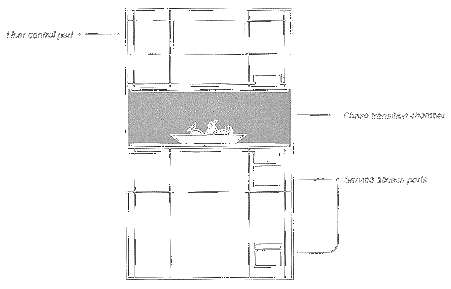
Food Replication System

Food Replication Terminal (typical)
|
Copyright © 1997 Tan Ngo-Dang Contact: tangowebmedia@sympatico.ca URL: http://www.tht.net/~tan/ |
Created on 07/07/97 Updated on 12/08/97 Page status: in construction |